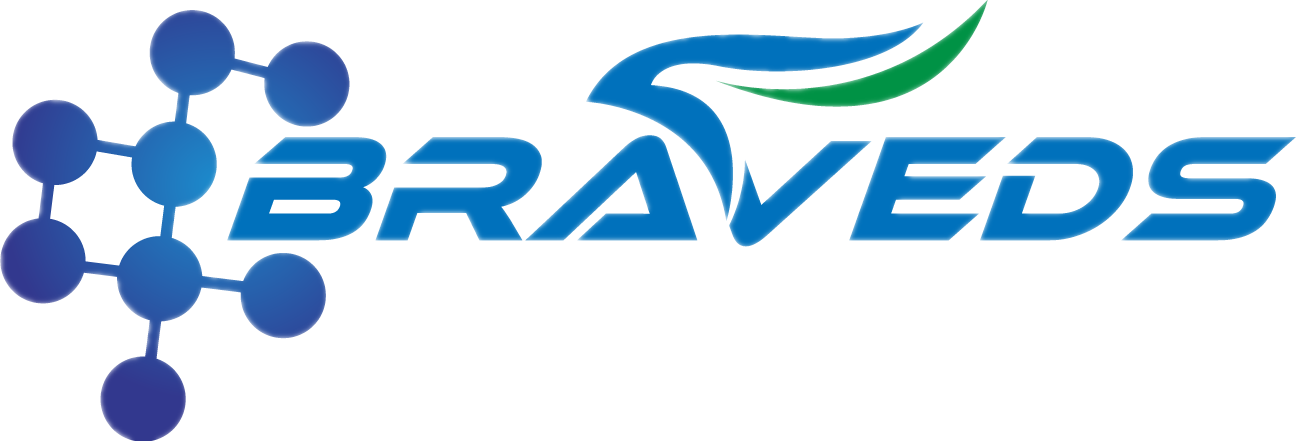Tamoxifen
Braveds
Description
| Product Name | Tamoxifen |
| Types | S homologous reagent |
| Form | powder |
| CAS NO | 10540-29-1 |
| Producer | China |
| Purity | >=99% |
| Storage | 2-8°C |
| Synonyms |
(Z)-4-Hydroxytamoxifen - SG79043-5MG Tamoxifen - SG15569-1G Tamoxifen Solution - SG37891-10ML Tamoxifen Solution - SG56842-10ML |
Overview
| Melting point | 97-98°C(lit.) |
| Dissolubility | H2O: insoluble <0.1% at 20 °C chloroform: soluble 50 mg/Ml, clear, colorless to faintly yellow 2-propanol: soluble DMSO: soluble ethanol: soluble methanol: soluble propylene glycol: soluble |
| Content | >=99% |
| Storage | 2-8°C |
| Gene information | human ... CYP1A2(1544), EBP(10682), ESR1(2099), ESR2(2100), ESRRA(2101)rat ... Ar(24208), Esr1(24890) |
General description.
Tamoxifen is a selective estrogen response regulator (SERM), protein kinase C inhibitor and anti-angiogenic factor. Tamoxifen is a prodrug that metabolizes 4-hydroxytamoxifen (4-OHT) and demethyltamoxifen through cytochrome P450 subtypes CYP2D6 and CYP3A4. In breast cancer, the gene repressor activity of tamoxifen against ERBB2 depends on PAX2 (pairing box gene 2). Block VEGF (vascular endothelial growth factor) production induced by estradiol in breast tumor cells.
Biochemical / physiological behavior.
Protein kinase C inhibitors. Induce apoptosis of human malignant glioma cell line. Tamoxifen and its metabolite 4-hydroxytamoxifen are selective estrogen response modulators (SERMs) that act as estrogen antagonists in the breast. Block estradiol-induced VEGF production in breast tumor cells.
Points for attention in preparation.
Tamoxifen is soluble in chloroform (50 mg/ml) and produces a clear, colorless to yellowish solution. It is also soluble in methanol, ethanol, 2-propanol and propylene glycol. The reserve solution of tamoxifen can also be prepared by 10mM in DMSO. However, it is almost insoluble in water (solubility < 0.01% min 20 ℃). The solution is sensitive to ultraviolet light, and the DMSO solution is stable at-20 ℃.
Application.
Tamoxifen has been used to promote the recombination of ect2flox alleles in mouse organs. It was also used to study its effect on microglia activation induced by lipopolysaccharide (LPS).
Add to cart
| SKU | UNIT | PRICE (USD) | QTY |
|---|---|---|---|
| SG56488-1G | 1G | 181.4 | |
| SG56488-5G | 5G | 705 |




